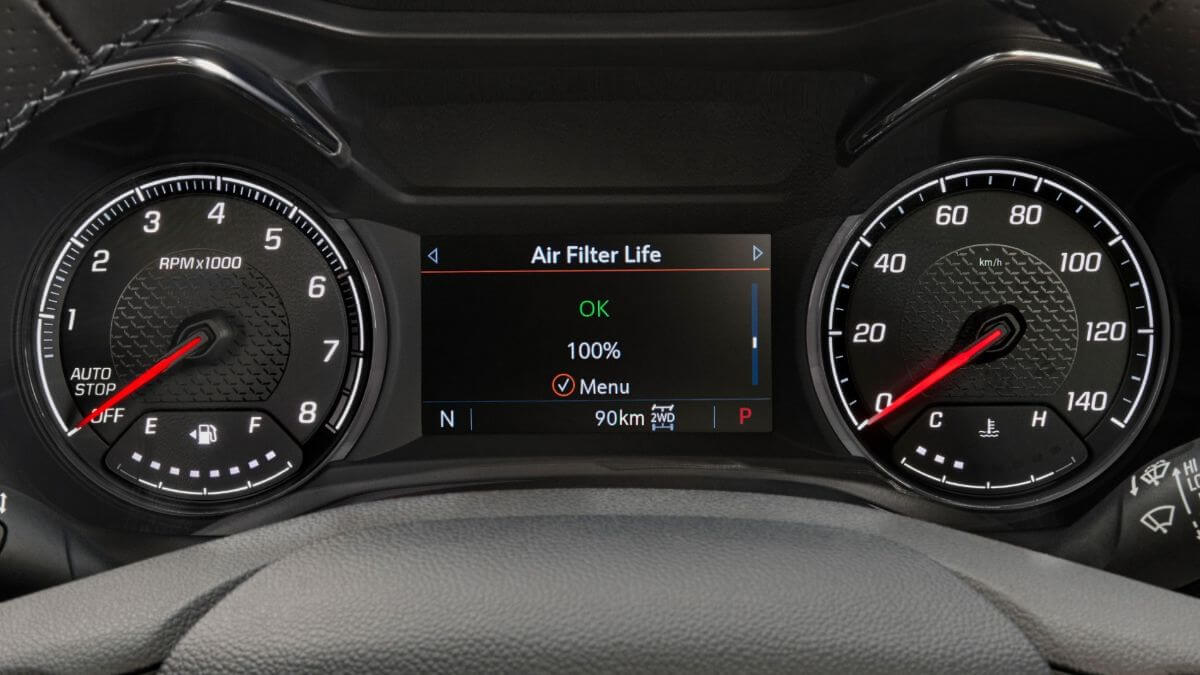How to prepare your car for a long drive?
- Monitor the car’s fluid levels
- Inspect car battery
- Examine tires and pressure
- Test all car lights
- Check brake pads, belts, and hoses
- Bring your tools and a spare tire
Overview
- Monitor essential fluids like engine oil, brake fluid, and coolant for optimal performance.
- Inspect the battery terminals for corrosion and ensure the tires are properly inflated with good tread depth.
- Test all car lights, check brake pads, belts, and hoses, and equip your toolkit for a smooth and enjoyable road trip.
If you’re getting ready for an extended road journey, set aside your excitement first, and ensure your vehicle is primed for the adventure. This blog walks you into how to prepare your car for a long drive. From checking essential fluids to examining tire conditions and ensuring your vehicle is in top shape, we aim to provide you with insights for a worry-free and secure journey.
Read on these essential steps to guarantee your car isn’t just road-ready but also poised to handle the miles ahead with confidence and ease.
Monitor the Car’s Fluid Levels

Ensuring your car’s essential fluids such as engine oil, brake fluid, windshield washer fluid, power steering oil, coolant, and transmission fluids is a straightforward process crucial for optimal performance.
Start with the engine oil by locating the dipstick, wiping it clean, and checking the level between the markers. For the coolant, let the engine cool, open the radiator cap, and ensure the coolant is within the recommended range.
Brake fluid levels can be checked in the reservoir, while windshield washer fluid should be inspected in its designated container. Meanwhile, power steering fluid requires checking the reservoir, and transmission fluid levels follow the car’s manual guidelines.
Prioritize safety by performing these checks in a well-lit area, allowing the engine to cool, and using protective gear.
Inspect Car Battery
It’s also crucial to inspect your car’s battery to ensure a memorable journey on the road. Begin by turning off the car and allowing the engine to cool. After that, check the battery terminals for corrosion, often seen as greenish-white powder.
For cleaning, make a mixture of baking soda and water. Gently scrub the terminals with a toothbrush, being careful not to let the cleaning solution enter the battery cells. This preserves a robust connection between the battery and the vehicle, preventing possible starting problems.
Examine Tires and Pressure
Maintaining properly inflated and well-conditioned tires can be achieved by consulting your vehicle owner’s manual for the recommended air pressure, measured in PSI. Remember that the numbers on the tire walls indicate the maximum pressure, not the ideal level.
Additionally, regular inspections of tread depth are crucial for optimal performance. The coin test is a convenient method. Simply insert a one-peso coin into the tire’s groove with the bottom year facing down. If the year is barely visible, your tires are in good condition. However, if the year is clearly showing, consider replacing them for enhanced safety and performance.
Test All Car Lights

Exploring a seamless adventure requires a quick tune-up of your car’s electrical components. Fire up your engine and give those switches a workout by ensuring all vital lights, such as headlights, taillights, turn signals, hazard lights, high beams, dashboard warnings, and interior lamps are in perfect harmony.
If you spot any issues, like misbehaving lights, a trip to the service center will sort out wiring hiccups or replace bulbs, guaranteeing a safe and brilliantly lit adventure. This comprehensive check not only lets you fix any glitches before hitting the road but also sets the stage for a delightful ride.
Check Brake Pads, Belts, and Hoses
It’s time to give your braking system a closer look if it’s serenading you with a high-pitched squeal. When they slim down to less than 6.4 mm, it’s a call to action, signaling the need for replacement before your brake discs bear the brunt. It should be as sturdy as 13 mm.
Beyond the brakes, don’t overlook the belts and hoses. They play a crucial role, from powering the engine to connecting vital components under the hood. A swift inspection ensures they’re in peak condition, ready to conquer the road with you.
Bring Your Tools and a Spare Tire
Your vehicle’s tool set is its lifeline on the road, and there’s one item you should never leave behind—your toolkit. This essential arsenal, accompanied by jumper cables, an early warning device, a tire pressure gauge, and a spare tire, serves as your first aid kit for any road-related hiccups.
Every driver should consider these tools non-negotiables in their trunk. So, gear up with your vehicular first aid kit and ensure a smoother journey ahead.
Key Takeaway
By investing time in your car’s well-being, you’re not just ensuring a smooth journey but also fostering peace of mind, allowing you to focus on the adventure ahead.
Embark on a Chevrolet adventure now! Explore our website or shoot us a message here to find the perfect Chevy that suits your needs. Our team will ensure you know how to prepare a car for a long drive so you can create unforgettable memories, whether you’re hitting the road solo or with your loved ones. Don’t miss out on this opportunity!

